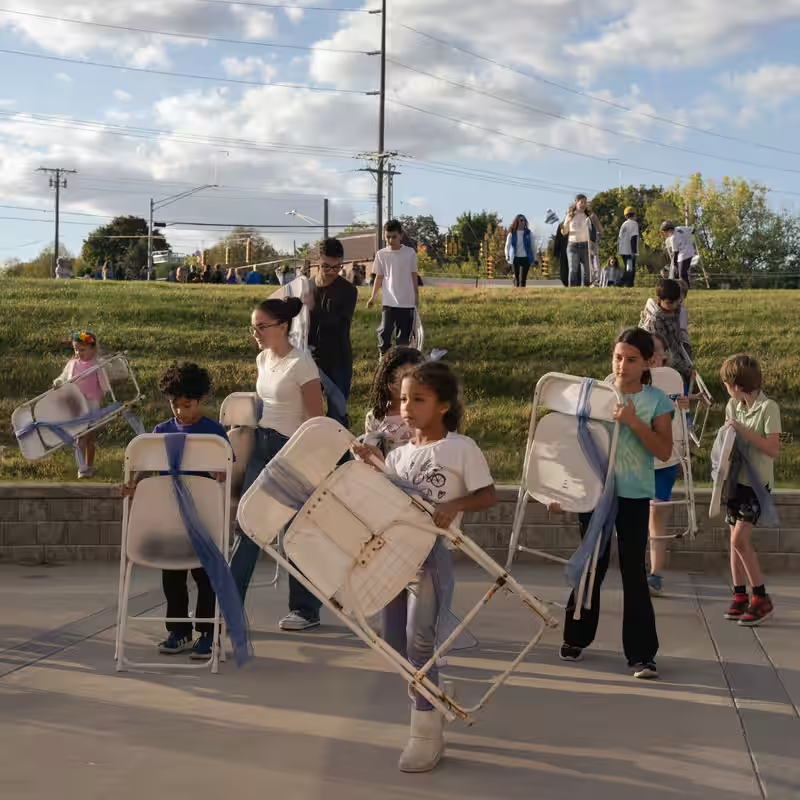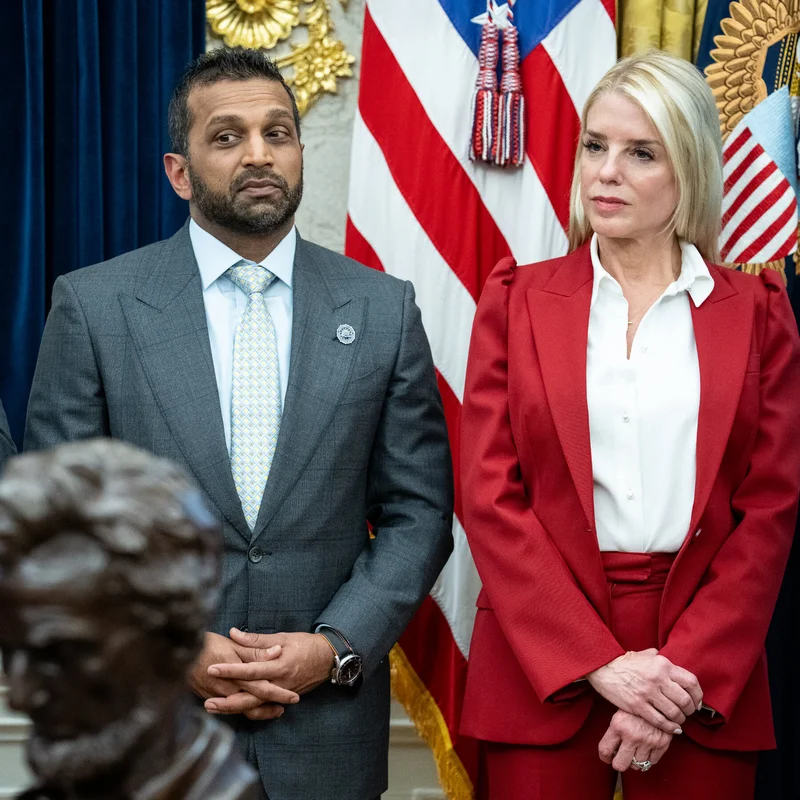In a city long defined by its industrial grit and cultural diversity, a quiet but powerful shift is unfolding on the streets of Detroit. Home to one of the nation’s largest Arab American populations and a deeply rooted Jewish community, Detroit has become an unexpected laboratory for coexistence—one now tinged with cautious optimism following the latest Israel-Gaza ceasefire.
A City of Neighbors, Not Just Communities
For decades, Detroit’s Jewish and Arab American residents have lived side by side—in neighborhoods like Dearborn, Oak Park, and Southfield—sharing schools, grocery stores, and city council meetings. But the war in Gaza cast a long shadow, straining relationships and amplifying fears on both sides.
Now, with a fragile truce holding in the Middle East, many here feel a flicker of relief. “We were happy for our prisoners — and for the Israelis, too,” said one Gaza-born resident of Dearborn, echoing a sentiment heard across dinner tables and community centers. “We love peace and the truce.”
Hope, But Not Naïveté
Still, optimism is tempered by realism. While the ceasefire has eased immediate tensions, deep wounds remain. Jewish community leaders speak of lingering anxiety over rising antisemitism, while Arab Americans express frustration over what they see as one-sided U.S. foreign policy.
“Relief doesn’t mean resolution,” said Rabbi Sarah Klein of Congregation Beth El in Oak Park. “But it does mean we can finally look each other in the eye again—without anger, just humanity.”
That humanity has already sparked action. In recent weeks, interfaith dialogues have resumed at the Islamic Center of America and the Jewish Community Center of Metropolitan Detroit. Youth groups from both communities are planning a joint mural project on the theme of “Shared Futures.”
Why Detroit Matters
Detroit’s demographic makeup makes it uniquely positioned to model coexistence. With over 300,000 Arab Americans—many of Lebanese, Yemeni, Iraqi, and Palestinian descent—and a Jewish population of nearly 70,000, the city offers a microcosm of the broader American experience.
| Community | Population in Metro Detroit | Key Neighborhoods |
|---|---|---|
| Arab American | 300,000+ | Dearborn, Hamtramck, Warren |
| Jewish American | ~70,000 | Southfield, Oak Park, West Bloomfield |
Unlike in other parts of the country where these communities rarely interact, Detroit’s history of shared urban challenges—economic decline, revitalization efforts, public safety—has fostered a pragmatic interdependence.
The Road Ahead
Community organizers stress that peace abroad doesn’t automatically heal divisions at home—but it creates space for healing to begin. “The ceasefire gave us breathing room,” said Layla Hassan, a Palestinian American activist and educator. “Now we have to use it wisely.”
For many in Detroit, that means doubling down on local connection over global conflict. As one Jewish shop owner in Dearborn put it: “We don’t solve the Middle East here. But we can make sure our corner of America is a place where everyone feels seen.”




